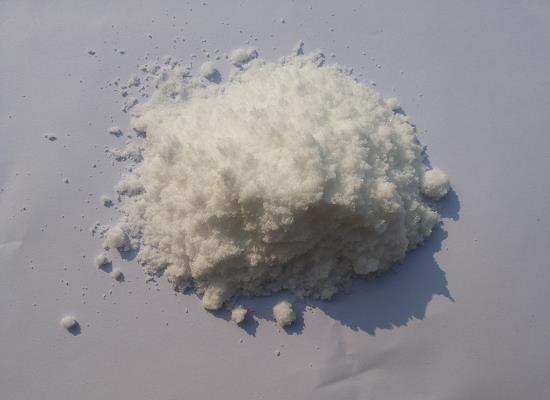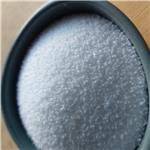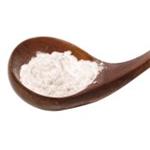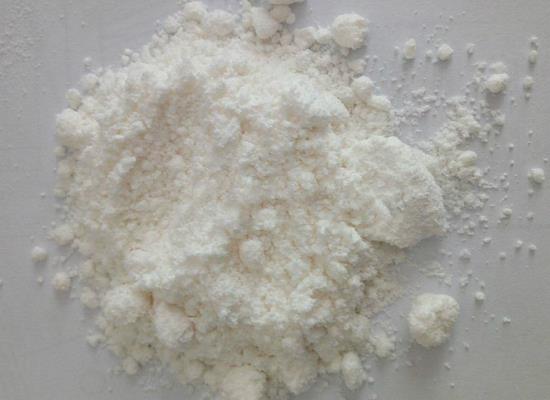1,4-Diaminobutane dihydrochloride: properties, applications and safety
General Description
1,4-Diaminobutane dihydrochloride is a white crystalline solid with a high solubility in water and a relatively high melting point. It is commonly used as a reagent in chemical reactions, particularly in polymer chemistry and organic compound synthesis. It exhibits basic properties and can form salts with strong acids. In biochemical research, it is utilized in the preparation of specialized cell culture media for stem cell cultivation. However, it is important to handle this compound with care as it can be toxic and a skin and eye irritant. Proper safety precautions, such as wearing protective equipment and storing it securely, should be taken when working with it.

Figure 1. 1,4-Diaminobutane dihydrochloride
Properties
1,4-Diaminobutane dihydrochloride is an organic compound with the chemical formula C4H14Cl2N2. It is a white crystalline solid with a molecular weight of 161.07 g/mol. This compound has several notable properties. Firstly, it is highly soluble in water, which makes it easy to handle and dissolve in various aqueous solutions. Additionally, it has a relatively high melting point of around 280°C, indicating its stability at elevated temperatures. 1,4-Diaminobutane dihydrochloride is commonly used as a reagent in various chemical reactions. It acts as a cross-linking agent in polymer chemistry, aiding in the formation of polymers with improved mechanical properties. It is also utilized as a building block in the synthesis of organic compounds, such as pharmaceutical drugs and agrochemicals. Furthermore, this compound exhibits basic properties due to the presence of amino groups. It can act as a weak base, forming salts with strong acids. This property is often exploited in biochemical and medicinal applications. In conclusion, 1,4-Diaminobutane dihydrochloride is a versatile compound with excellent solubility, stability, and basic properties. 1
Applications
1,4-Diaminobutane dihydrochloride, also known as putrescine dihydrochloride, is an organic intermediate that can be prepared by neutralizing 1,4-diaminobutane with hydrochloric acid. It finds application in biochemical research, particularly in the preparation of cell culture media used for stem cell cultivation. The compound has been reported in literature for its use in formulating a specific type of cell culture medium suitable for maintaining and propagating stem cells. Stem cells are of significant interest in biological and medical research due to their unique ability to differentiate into various cell types. The use of 1,4-diaminobutane dihydrochloride in this context highlights its importance as a component in creating an environment conducive to the growth and maintenance of these specialized cells. Overall, the biochemical research applications of 1,4-diaminobutane dihydrochloride underscore its role as a valuable reagent in the development of specialized cell culture systems, contributing to the advancement of stem cell research and related fields. 2
Safety
1,4-Diaminobutane dihydrochloride is a chemical compound commonly used in the biochemical research. It is important to note that this compound has the potential to cause toxic effects if not handled properly. Studies have shown that 1,4-Diaminobutane dihydrochloride is considered an occupational hepatotoxin and a secondary hepatotoxin. This means that it has the potential to cause liver damage if ingested or exposed to in high concentrations. However, the toxic effects of this compound in the occupational setting are based on cases of poisoning by human ingestion or animal experimentation. Additionally, acute intraperitoneal studies in rats have shown that the compound causes liver changes and effects on transaminases. However, the oral LD30 (mouse) for this compound is greater than 1,000 mg/kg, indicating that it is not highly toxic when ingested orally. It is important to note that 1,4-Diaminobutane dihydrochloride is also a skin and strong eye irritant. Therefore, it is important to handle this compound with care and to take appropriate safety measures when working with it. Proper protective equipment should be worn, such as gloves and eye protection, and the compound should be stored in a secure location to prevent accidental exposure. Overall, 1,4-Diaminobutane dihydrochloride can be safely used if proper safety precautions are taken. 2
Reference
1. PubChem. COMPOUND SUMMARY: 1,4-Diaminobutane dihydrochloride. National Library of Medicine, PubChem CID: 9532.
2. Putrescine dihydrochloride. Haz-Map, Information on Hazardous Chemicals and Occupational Diseases.
Related articles And Qustion
Lastest Price from 1,4-Diaminobutane dihydrochloride manufacturers

US $0.00/KG2025-04-15
- CAS:
- 333-93-7
- Min. Order:
- 1KG
- Purity:
- 99%
- Supply Ability:
- 500000kg

US $50.00-9.00/kg2025-03-07
- CAS:
- 333-93-7
- Min. Order:
- 1kg
- Purity:
- 0.99
- Supply Ability:
- 20 tons



